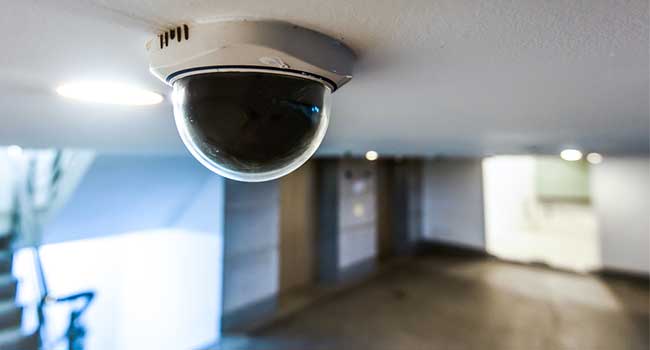
A Breakdown of the Nation's Unsecured Security Cameras
- By Sydny Shepard
- Jun 22, 2016
With the inundation of security cameras coming to a head, there are more security cameras in use in the United States right now than there have ever been. In 2014, Insecam listed over 73,000 unsecured cameras worldwide with 11,046 of those belonging to the U.S., making the nation number one for unsecured security cameras.
As security cameras become more accessible and easy to install, security firm, Protection 1, set out to create a map of the top states and cities that are currently running cameras that are not locked down and can be viewed by anyone.
The top 5 states with unsecured security cameras are:
- North Dakota
- Washington, D.C.
- Montana
- Alaska
- Wyoming
The top 5 cities with unsecured cameras are:
- Walnut Creek, California
- Richardson, Texas
- Torrance, California
- Newark, New Jersey
- Corvallis, Oregon
Below is a heat map that demonstrates the widespread use of privacy-threatening open security cameras.
Factors like population density and security needs in cities probably factor into the prevalence of open security cameras. Protection 1 notes that it is interesting that cities known for their high-profile activities like international trade or technological innovation having taken the extra step to put a password on their security camera feeds.
Perhaps the most troublesome finding, from a privacy perspective, is that 15 percent of the cameras found to be unsecured were found in homes.
“Open security cameras are a widespread problem and should be a top concern for Americans concerned with their own privacy,” Protection 1’s findings said. “Even if you take particular care to remove the unsecured cameras from within your home, the grocery store you visit every week might be broadcasting your shopping habits to the online world.”
About the Author
Sydny Shepard is the Executive Editor of Campus Security & Life Safety.